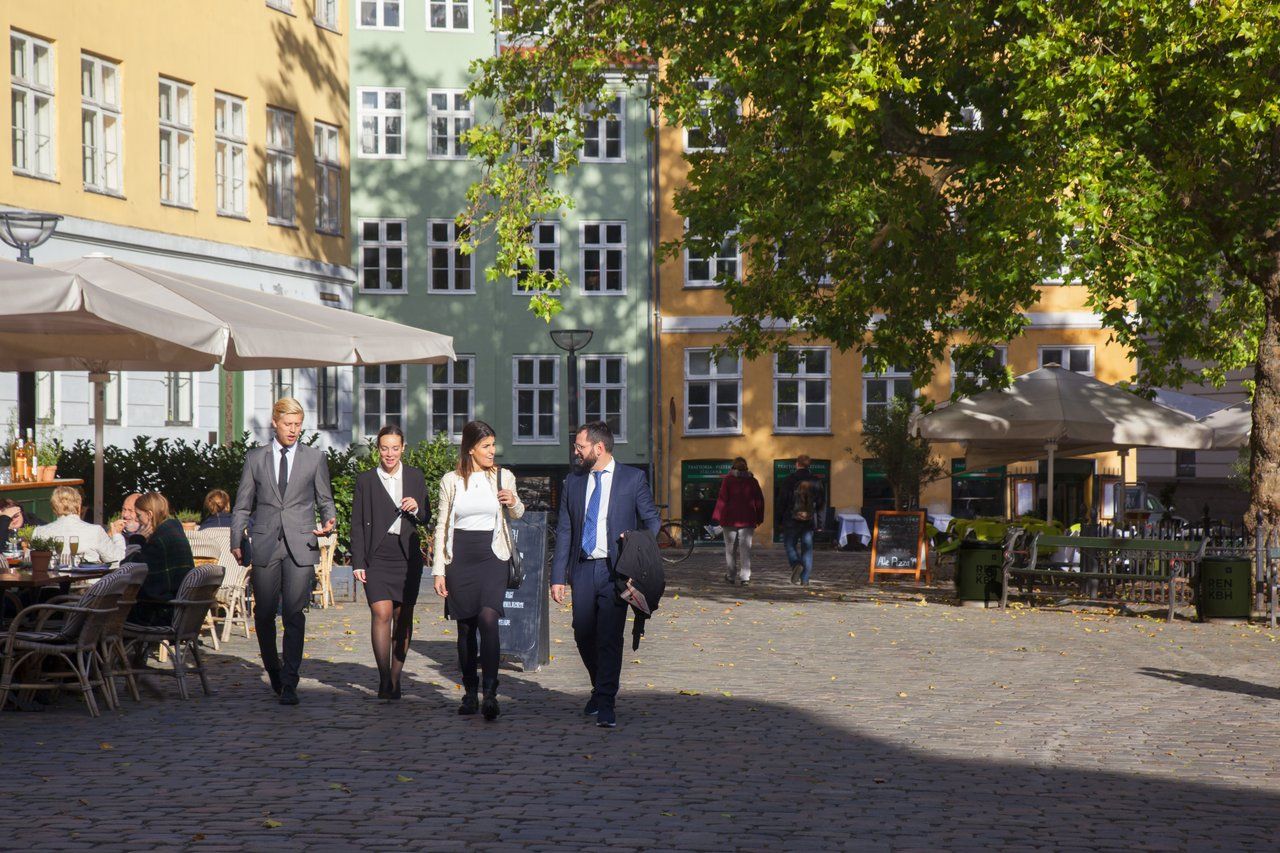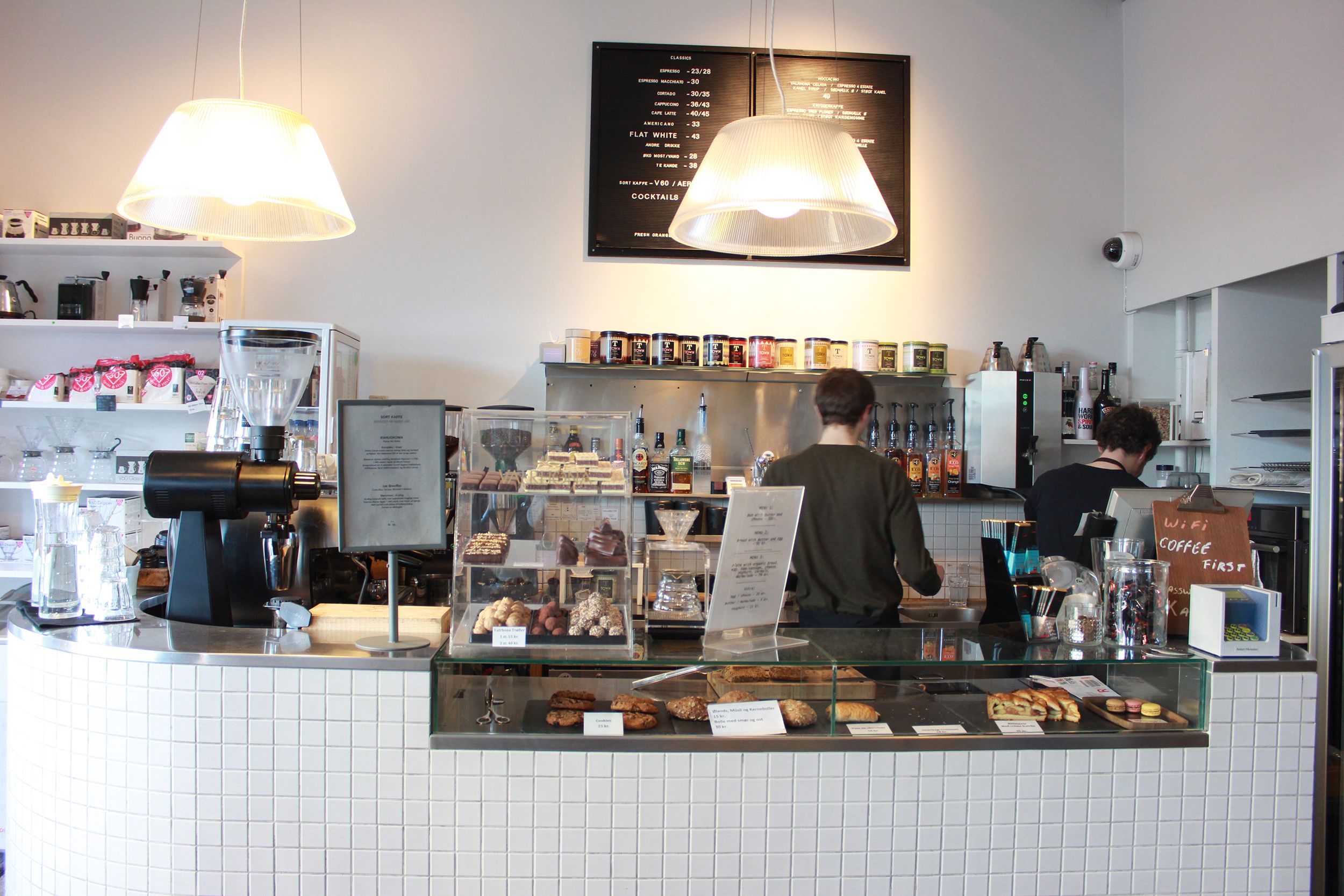They are called Tarzan, Awesome, Hitti, Chrish, Buba and Selco, and they are heading to a kindergarten near you.
Ten years after a new law came into effect, the number of names in use has exploded in Denmark from 10,660 in 2006 to over 33,000 this year.
“Many parents have realised that more names have been approved than previously,” said Birgit Eggert, a name researcher at the University of Copenhagen (KU), told DR Nyheder.
“So many people try to get names approved that they would have given up trying to get on the list earlier. There is a tendency in society today to choose something more special.”
READ MORE: Emma and William the most popular names for new-borns in Denmark
Not always awesome
Besides the six names mentioned at the start of this article, there are now lots of exotic names being used. See the list of new names dating back to 2006 here.
Before the name law in 2006, the rules were much more stringent. For instance, it was difficult to get a boy’s name which ended in the letter ‘a’ approved because those names were traditionally girls’ names in Denmark.













